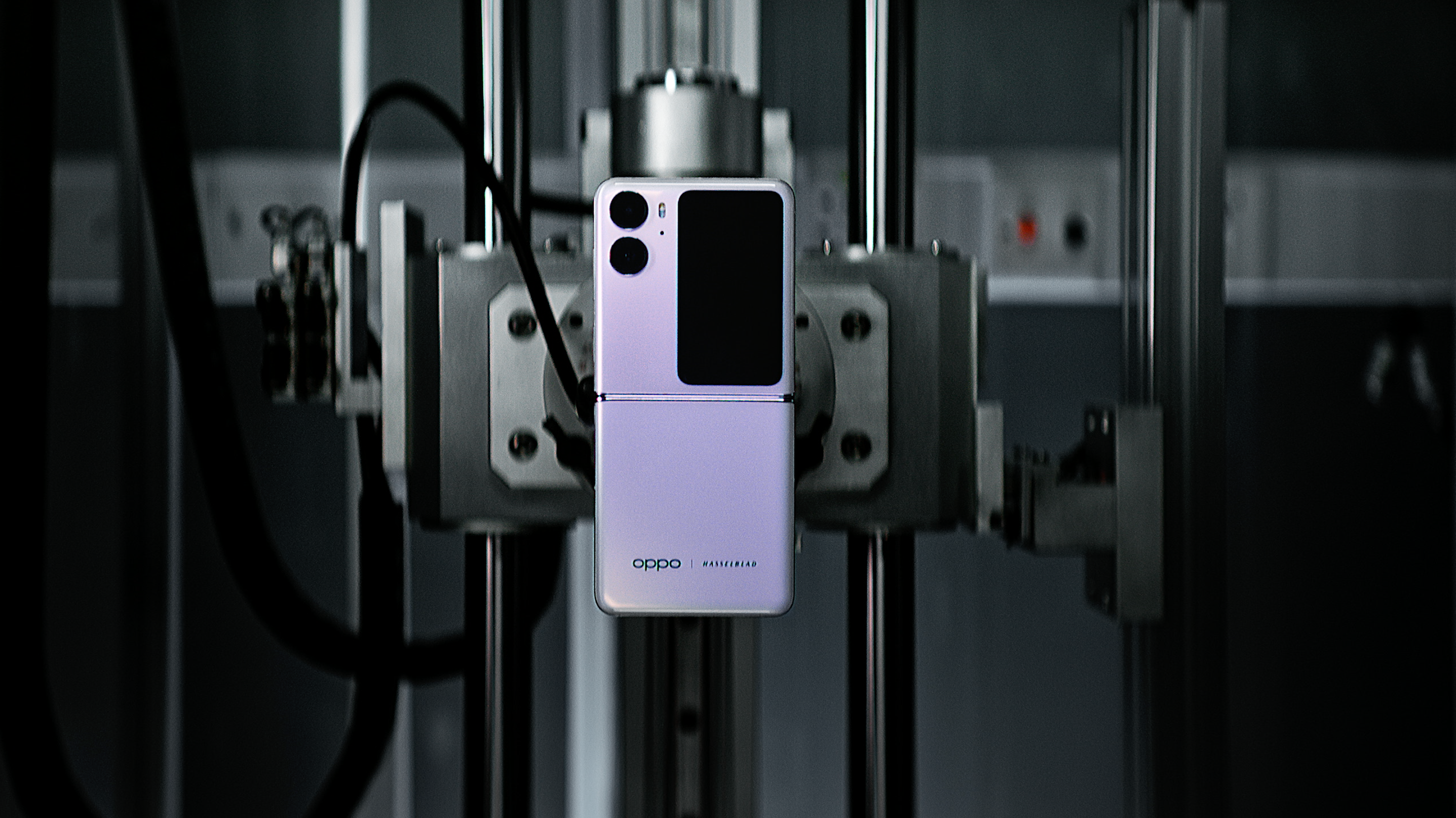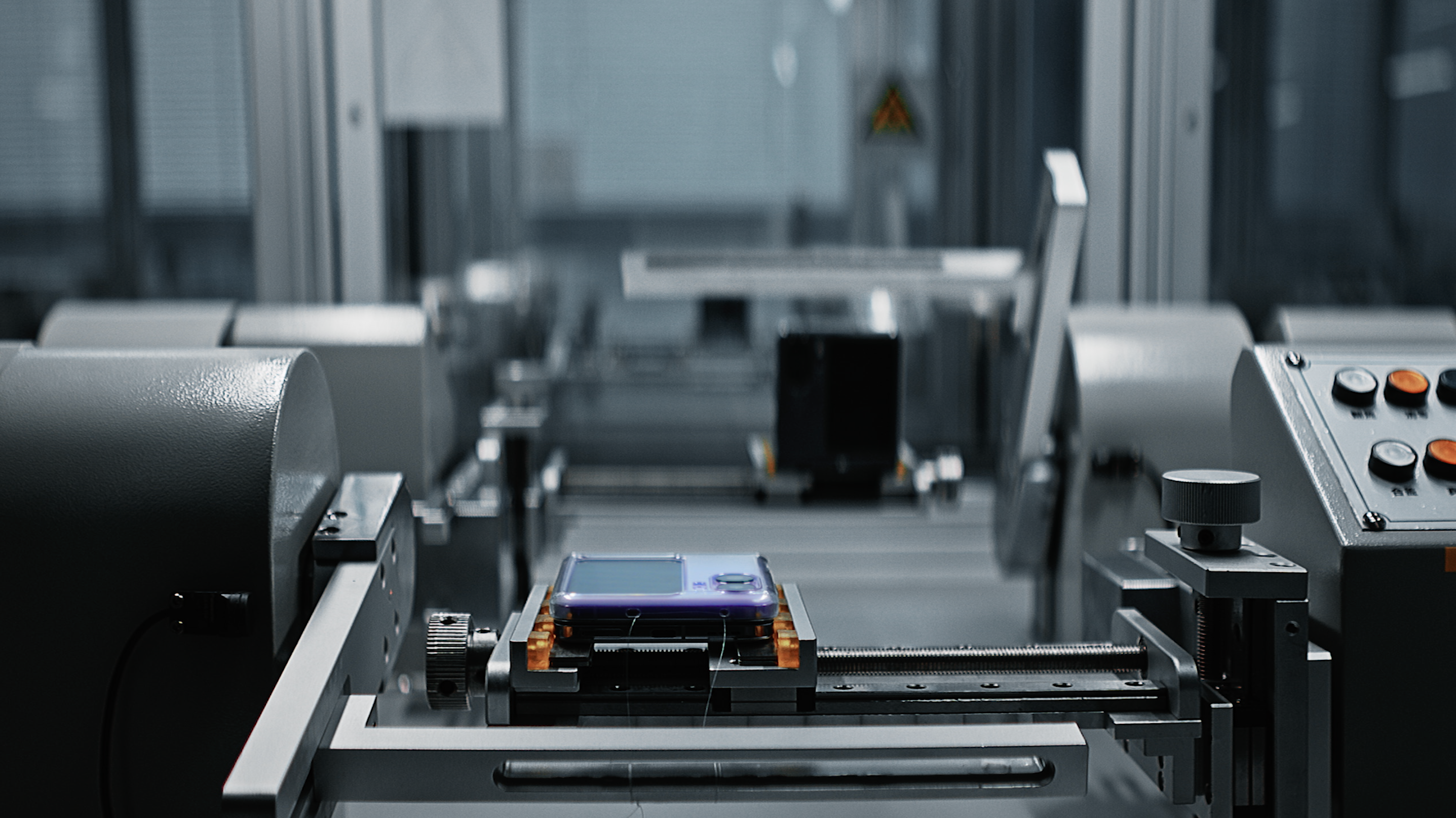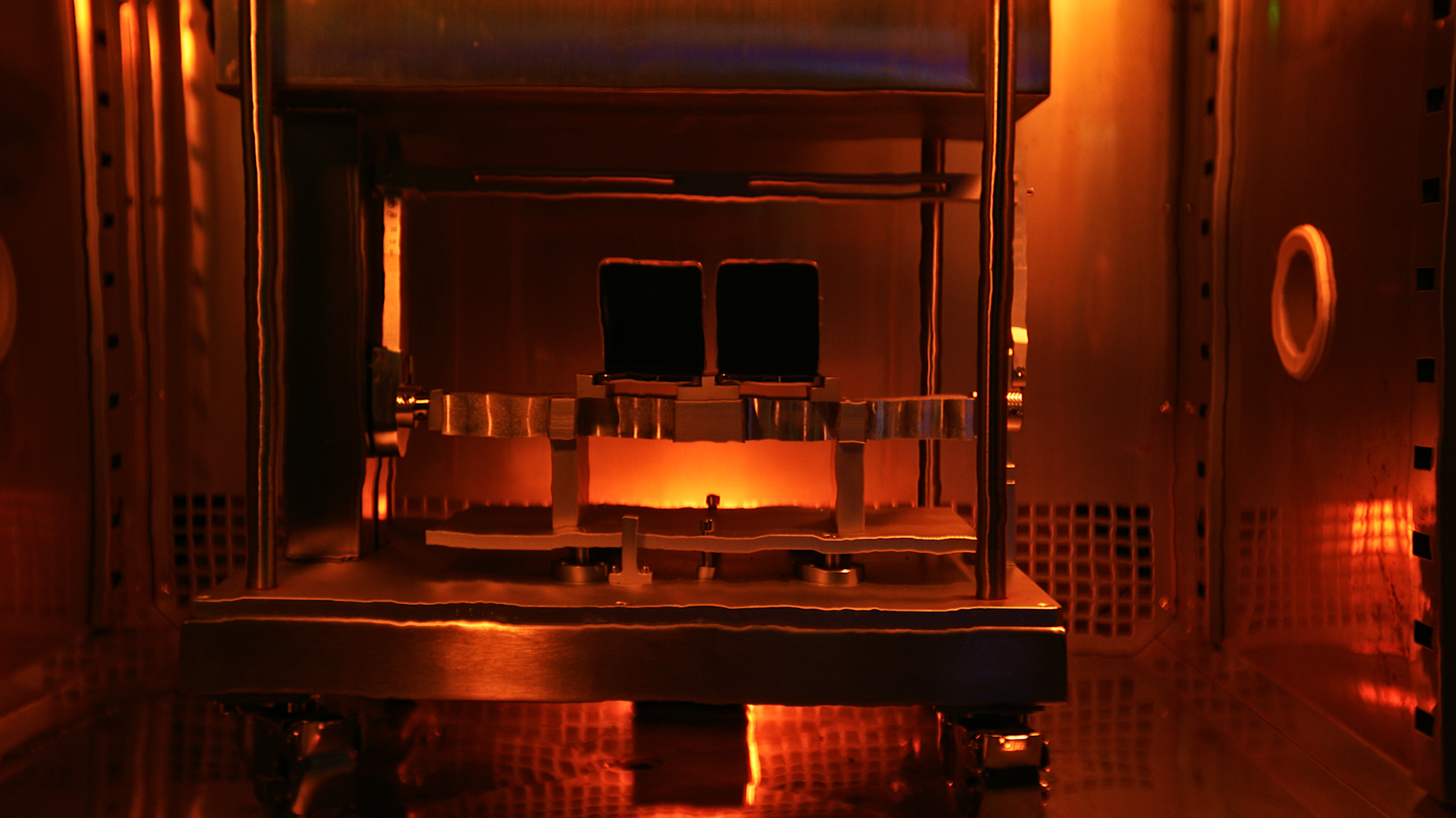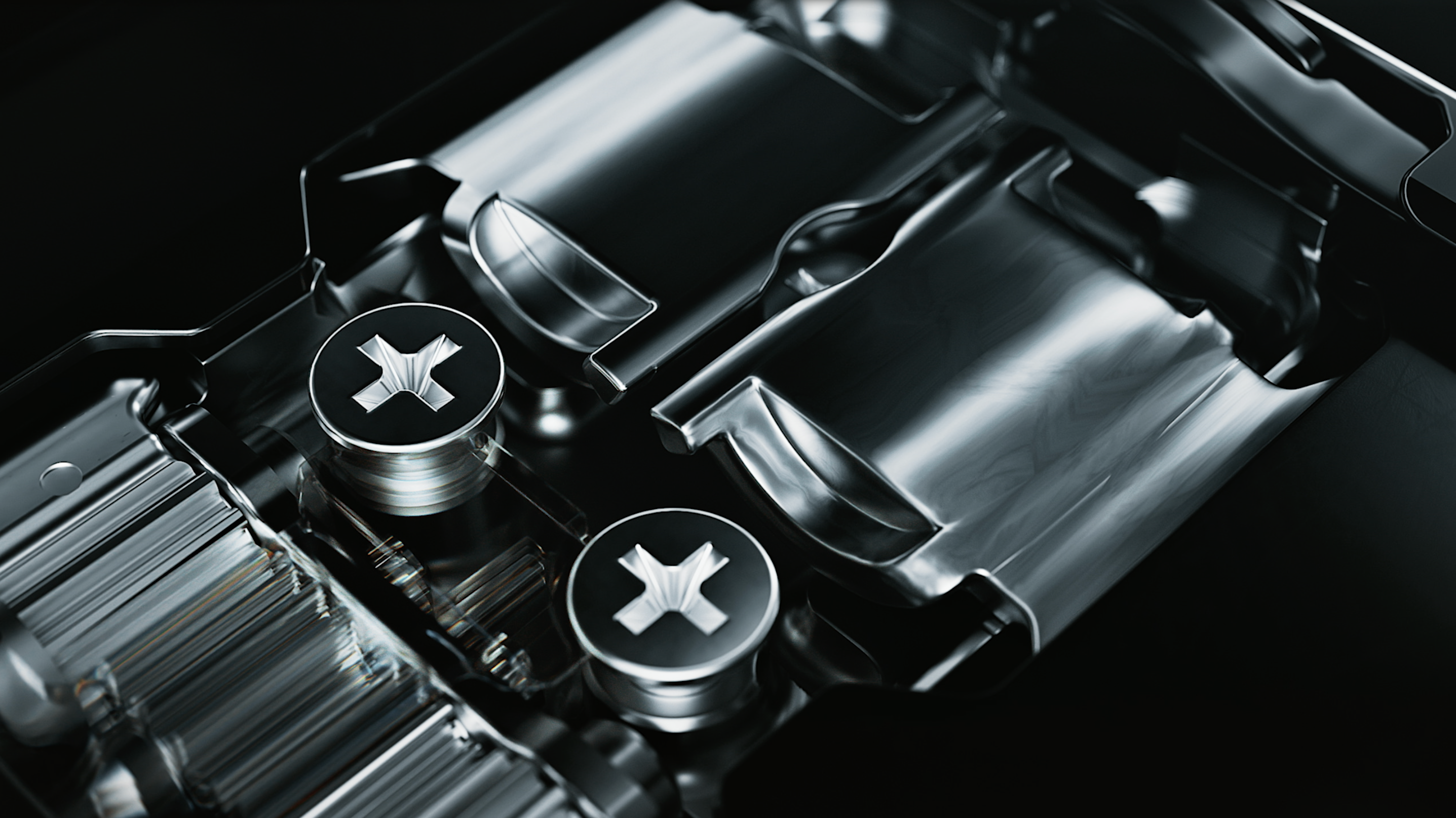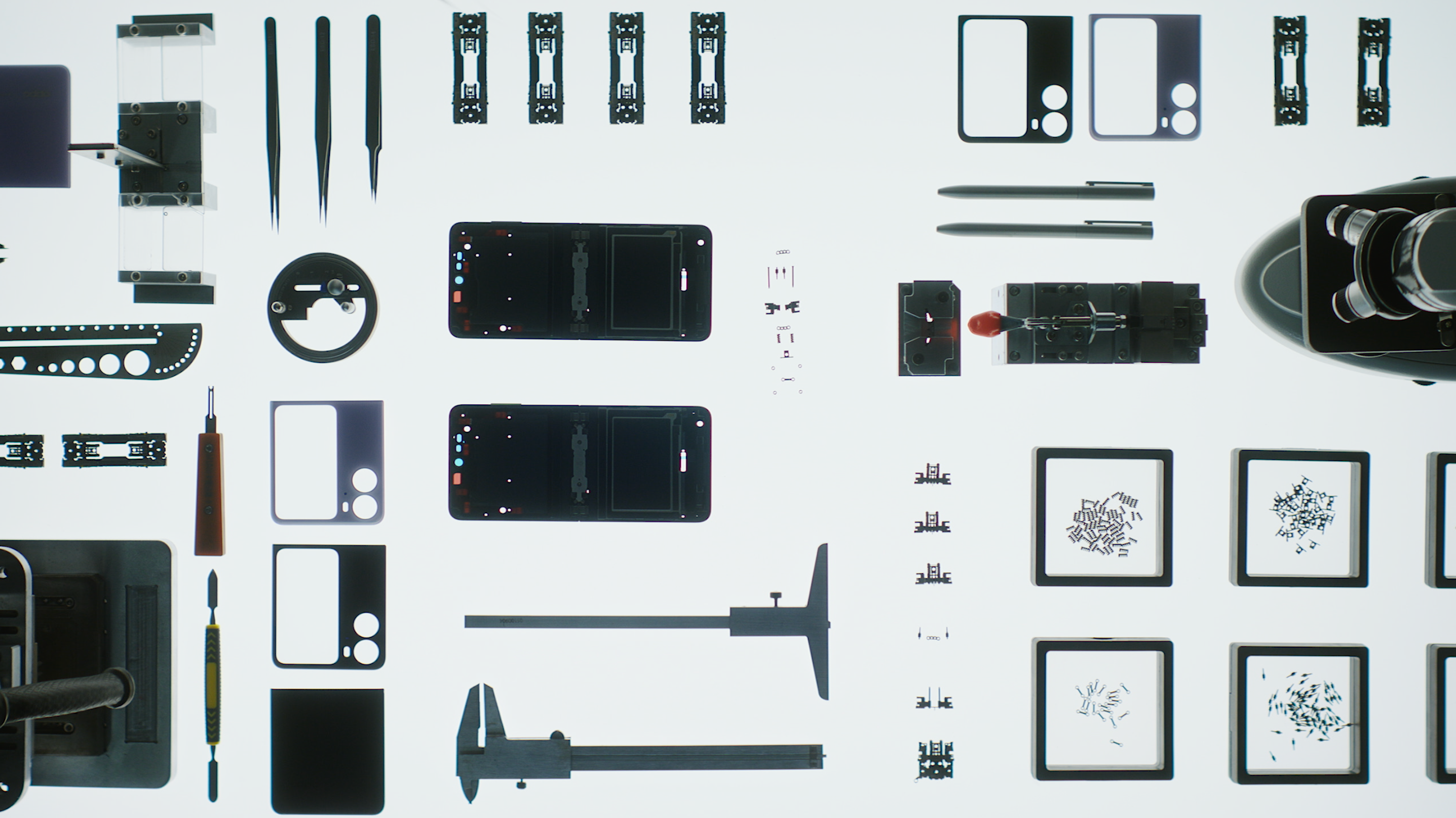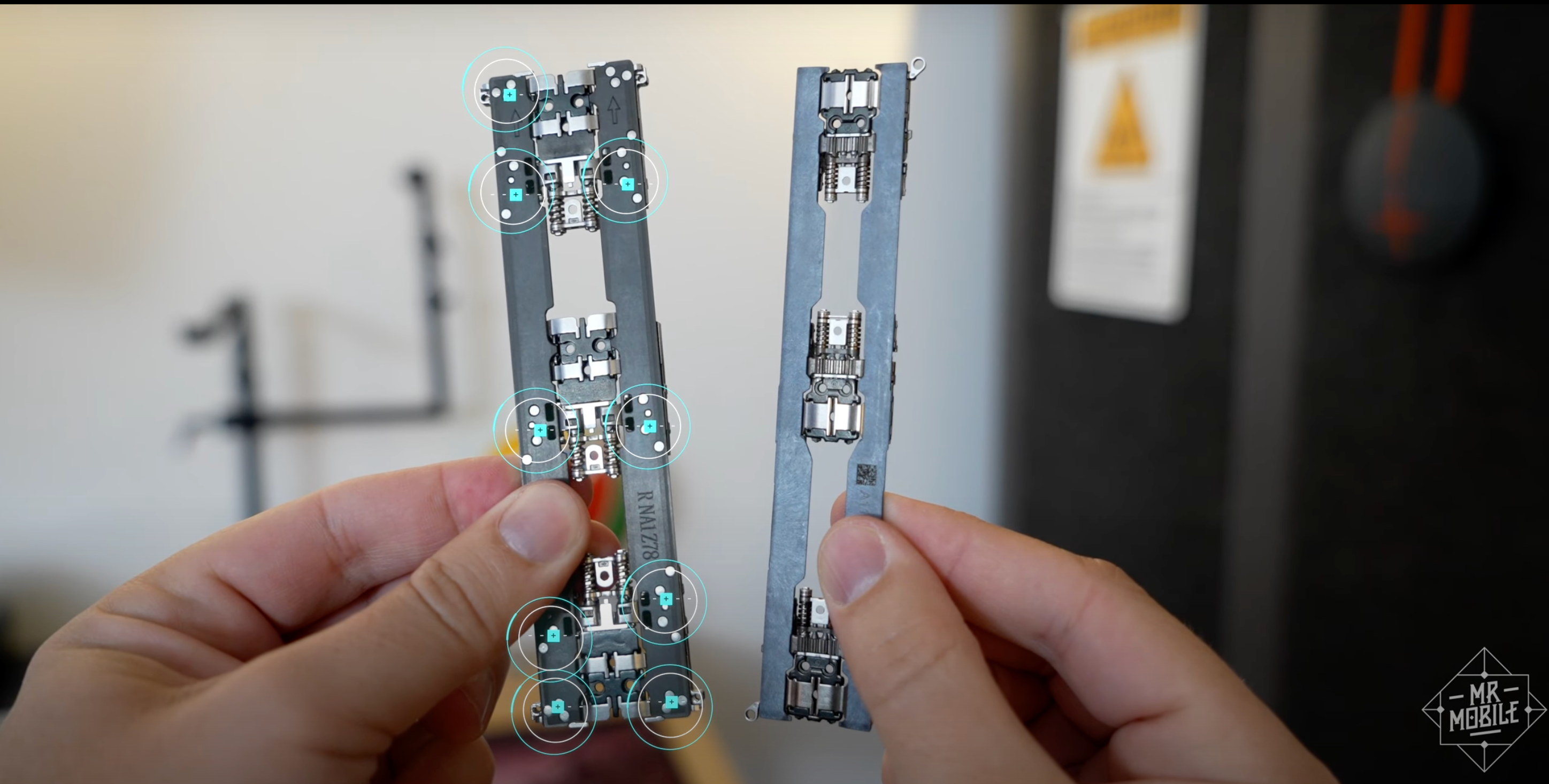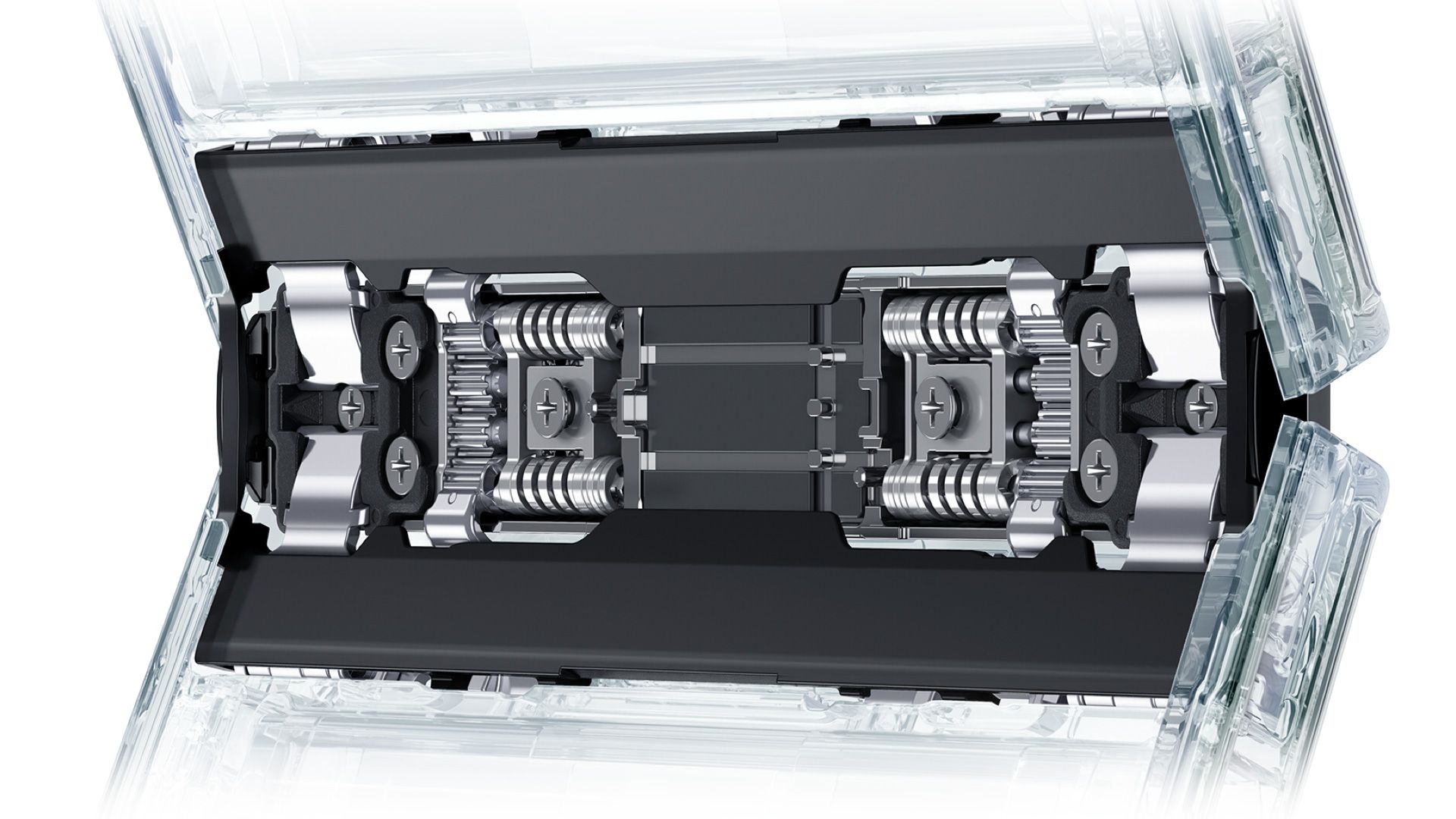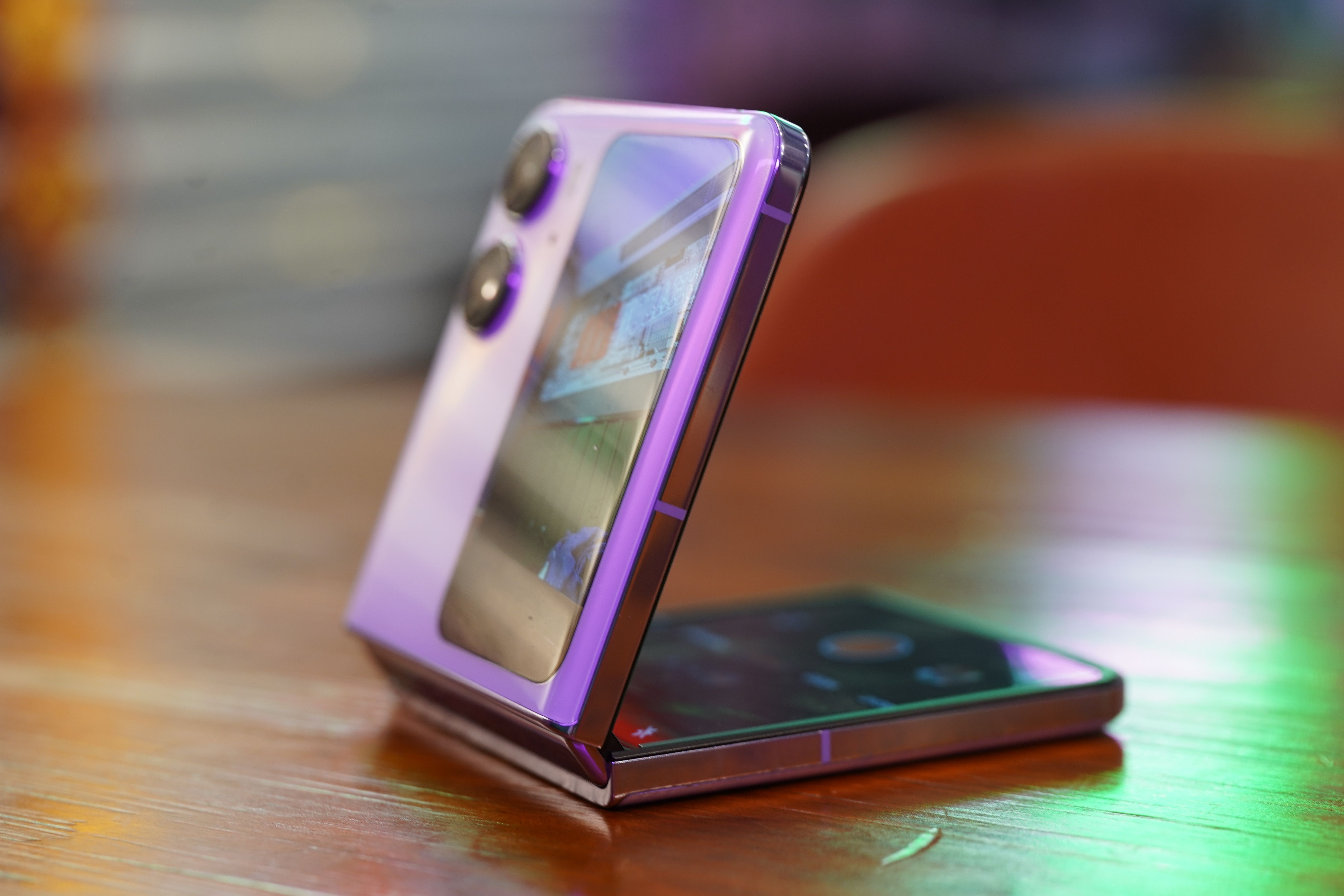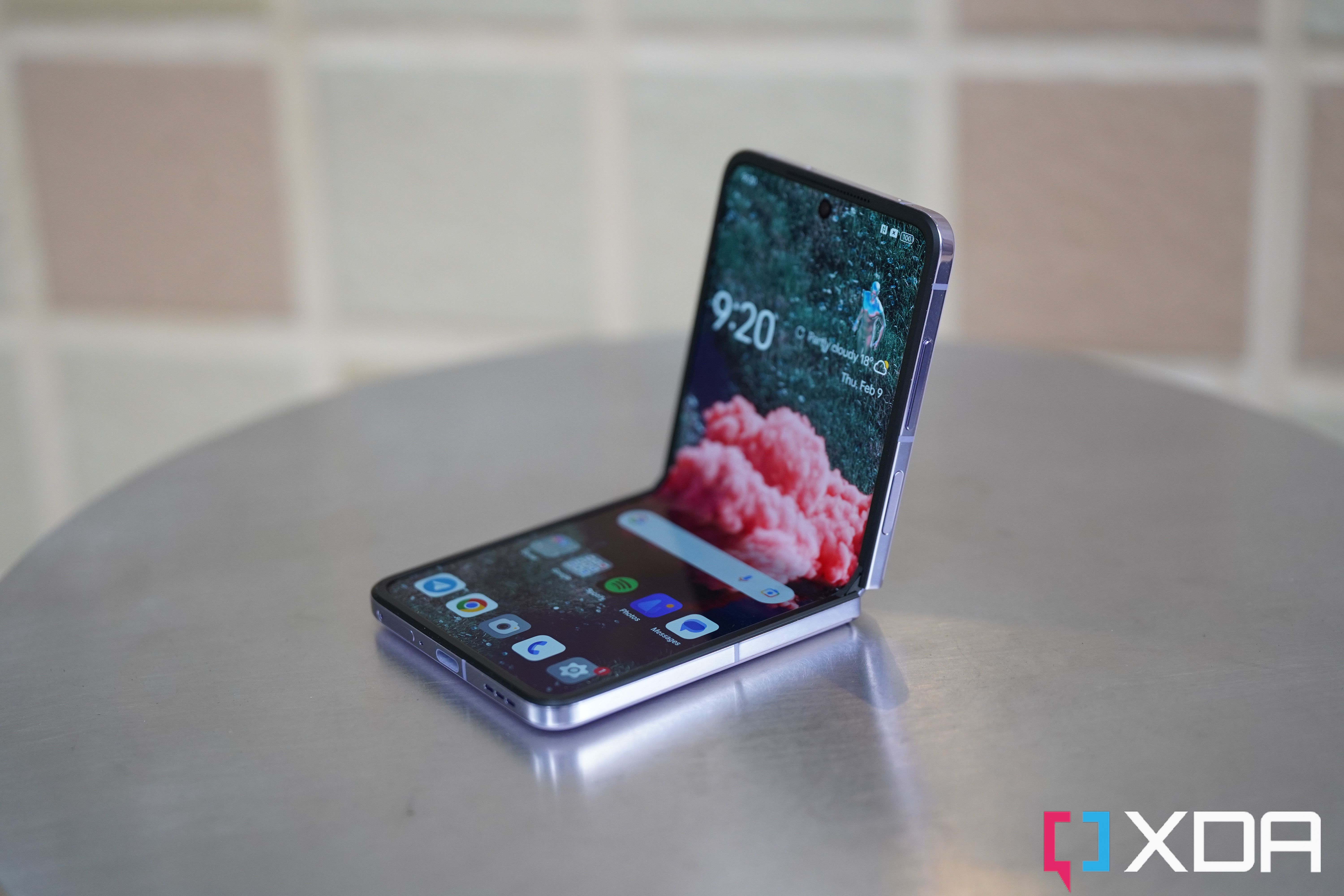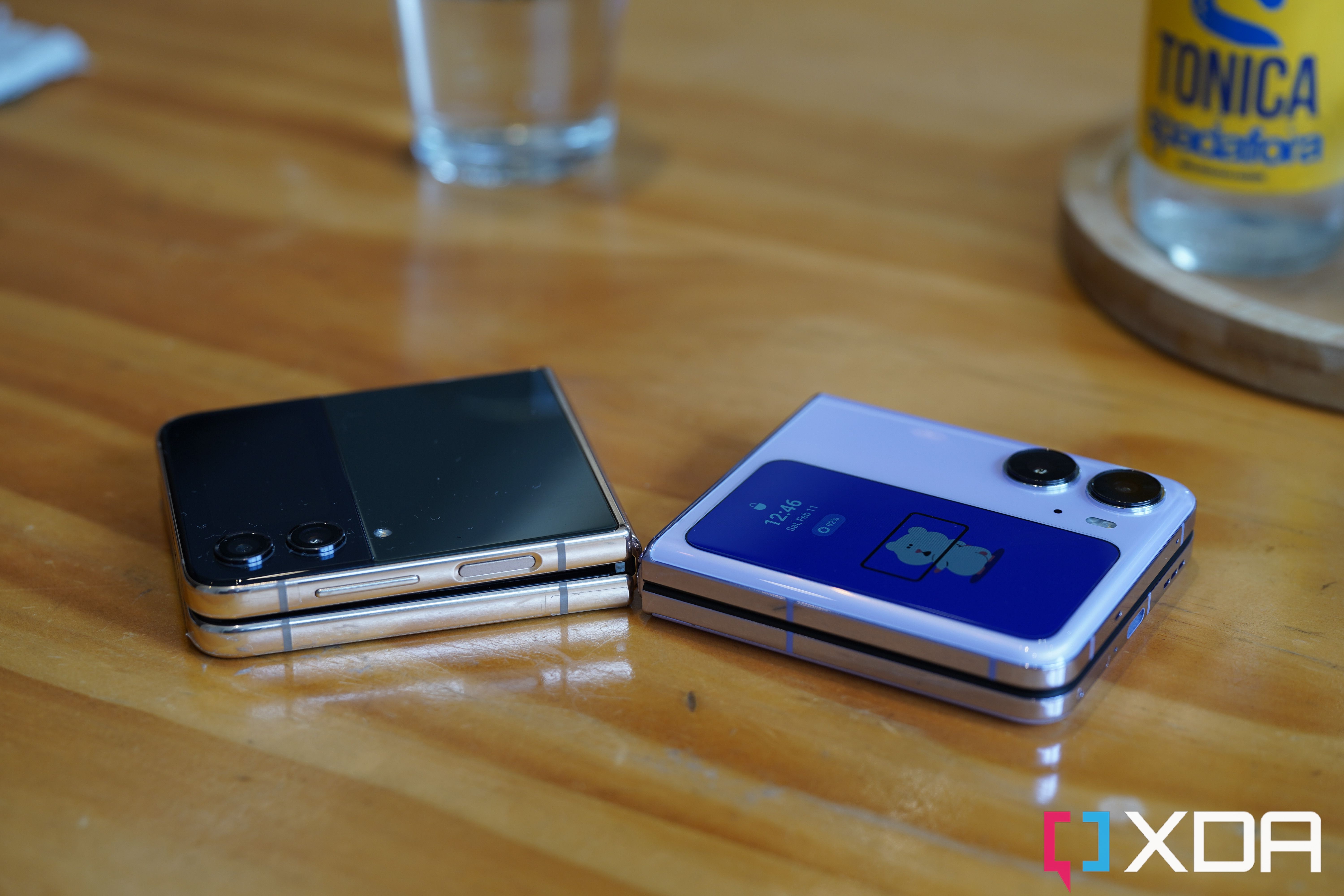As a late entrant to the foldable phone scene — behind Samsung, Huawei, Xiaomi, Motorola, and uh, Royole — Oppo has caught up quickly, having released three foldable phones in the past 15 months. All three have garnered great reviews for their good looks, value proposition, and performance. But the area that drew the most unanimous acclaim from across the consumer tech space has been their hinges, which fold completely flat without a gap, don't leave a harsh crease on the screen, and are fully articulate. No other foldable phone right now can claim all of that.
But what if this folding mechanism, which Oppo named "Flexion Hinge," is not just the best looking aesthetically, but also the most durable on the market? That's what Oppo is claiming for the hinge in the just-launched Find N2 Flip, which has supposedly been tested to withstand at least 400,000 folds — double the number Samsung's advertising for its Z Flip 4. Even if you unfold the phone 100 times a day, it would take almost 11 years to get to that breaking point.
But just how legit is this claim? Obviously, I don't have the time or energy to manually fold and unfold my Find N2 Flip 400,000 times, and famous YouTuber JerryRigEverything hasn't done his famous torture test of the Find N2 Flip yet (he did test the first Find N and praised that hinge's durability). I suppose the next best thing I can do is give you my anecdotal experience so far and speak to representatives from German third-party tech inspection group TUV Rheinland, which conducted independent testing of the Find N2 Flip.
TUV Rheinland's four layers of testing
In a video call with Jay Yang, vice president of TUV Rheinland Electrical, Yang said his firm tested the Oppo Find N2 Flip on four fronts: folding and unfolding; withstanding extreme temperature; foreign object intrusion prevention; and two types of drop tests.
"We spent over 1,100 hours testing the [Find N2 Flip]," Yang said. "But just hitting the raw number wasn't the goal. We wanted to test the phone in various conditions and states to simulate real-world usage."
This meant TUV Rheinland didn't just fold and unfold the phone at the exact same angle over and over for the test. It folded the phone at starting angles and conducted the test in climate-controlled room with temperatures reaching as high as 167 degrees Fahrenheit (or 50 degrees Celsius) and as low as minus 4 degrees Fahrenheit (minus 20 degrees Celsius).
Surviving 400,000 folds without screen damage is impressive, but what impressed Yang more was that it took over 216,000 folds before the previously faint crease became more visible.
"The nature of a folding screen means over time, after many folds, the crease will become more visible, and the screen will not open as flat as before," he said. "So during our folding testing, we stopped to examine the displays at various marks, such as 36,000, 72,000, and so on... Only at the 216,000 mark did our testing equipment spot [deviation in screen curvature]. And even then, I would say the difference is not noticeable to the human eyes, just by our machines."
For the foreign object intrusion test, TUV Rheinland went with a more old-school method. It placed a Find N2 Flip (in folded form) inside a purse along with foreign objects such as coins, credit cards, eyeliner pencils, and some sand. Then it used a machine to shake the purse. Even foreign objects were not able to get through the folded gap into the screen.
Finally, there was the drop test. This isn't just dropping the phone onto the floor, but also dropping objects onto the phone screen. Yang said TUV Rheinland's test included dropping the Find N2 Flip from a distance of 4 feet (1.2 meters) with the screen open "at various angles" onto a marble floor. Then they dropped a ball weighing 0.24 pounds ball (110g) onto the screen from a distance of 3.6 feet, and the screen survived.
Yang stresses that not every foldable phone can pass these tests. "I've definitely seen some fail." I couldn't get him to name the phones, however.
What Oppo did to make Find N2 Flip durable?
So how did Oppo make a clamshell foldable that withstood TUV Rheinland's various torture tests? Oppo's senior product manager Elon Li tells me that Oppo has simply been spending a lot of time and money on building foldables. Even though Oppo was late to release one, it's been working on foldable phones since 2015 and has over 400 patents on hinge design and construction.
The newest version of the "Flexion Hinge" used in the Oppo Find N2 Flip, as well as its larger sibling the Find N2, has fewer moving components, with engineers working hard to streamline the hinge design. While Oppo did not provide photos comparing the new Flexion Hinge with the older one, YouTuber Michael Fisher published a very informative video on Oppo's hinge design that shows the drastic reduction in size and moving parts.
"For display durability, we designed a special plate made of stainless steel [that took over 10 prototype versions] to back the soft foldable OLED panels. The plate uses a blind groove design to relieve folding stress," Li said.
The hinge is crafted out of "aircraft grade aluminum" for durability and to make it lightweight, while the "dust-proof rubber pads" are placed on the outside to prevent debris from entering.
These are all very technical hardware construction that flies above my head, and likely those of most consumers. I can only use real-world anecdotal evidence and consensus among reviewers and consumers. As I said, I've tested three Oppo foldables, and all of them are still in pristine condition. My Find N2 Flip has been a secondary phone for the past couple of months and the hinge feels every bit as sturdy. Compared to other foldable devices, the Find N2 Flip's crease and display flatness easily trumps foldables from Samsung, Xiaomi, and Honor. My reviewer peers share similar anecdotal points.
But there's an elephant in the room we must address.
Why no IP rating?
There was one question I had to ask Li: If durability is a main selling point of the Find N2 Flip, then why didn't Oppo make the device water-resistant, like Samsung did?
Turns out, the Find N2 Flip is technically IPX4 water-resistant, meaning it can withstand water splashes from all directions. Oppo just didn't pay the licensing fees required to get that official IP rating. I suspect Oppo wanting to sell the Find N2 Flip at a lower price played a role. But for all intents and purposes, the phone is IPX4 rated and has the required water-resistant parts inside.
But the Galaxy Z Flip 4 is still more waterproof, with an official IPX8 rating. Li concedes Oppo could do better here. He says the company considered it but chose to prioritize using a larger battery instead.
"The Find N2 Flip currently has a 4,300mAh cell, which is significantly larger than other clamshell foldables on the market," Li says. "If we added IPX8 water resistance, it would mean cutting into the space for the battery. We made the choice to choose one over the other."
But Li promises Oppo is working on giving consumers large batteries and official IP rating, though he stopped short of saying this will be in the next Oppo foldable.
Solving most early foldable complaints
I have been vocally on board the foldable bandwagon since day one, to the point I paid above market value to import the original Samsung Galaxy Fold and Huawei Mate X. But I am an anomaly, the rare nerdy gadget enthusiast with some disposable income who also gets sent devices for testing. For most average consumers, their early concerns about foldable phones were legitimate: Foldables were expensive, bulky, and fragile.
The keyword is "were." Foldables, at least Chinese ones, have dropped in price to be closer to normal slab phone prices. Some of them are now impossibly thin, barely thicker than an iPhone with a case. And with brands like Oppo putting effort into construction and design, foldables are more durable than they have any right to be.
I've been calling foldable phones "the future of mobile" since 2019. In 2023, I think it's time to change that: Foldable phones are the present.
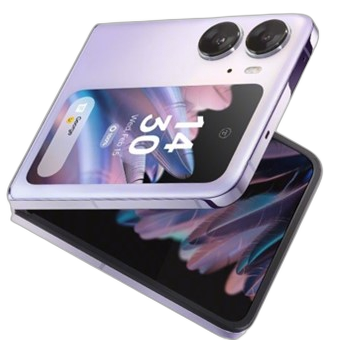
Oppo Find N2 Flip
The Oppo Find N2 Flip is a clamshell foldable with a strong main camera and a larger outside cover screen than Samsung's Flip 4.

